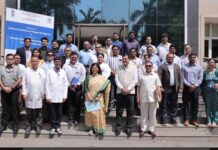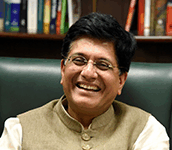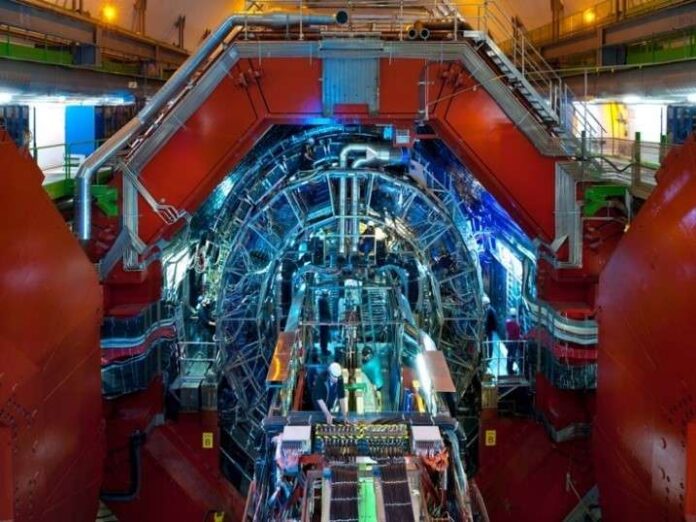MAY 26: The 2025 Breakthrough Prize in Fundamental Physics has been awarded to the thousands of researchers behind CERN’s Large Hadron Collider (LHC) Run-2 experiments. The $3 million prize honours the scientists involved in the ATLAS, CMS, ALICE, and LHCb collaborations, based on data released from 2015 to July 15, 2024. The award will fund grants for doctoral students from member institutions, enabling them to conduct research at CERN and gain valuable experience in frontier physics.
India has played a vital role in this global scientific achievement, particularly through its contributions to the ALICE (A Large Ion Collider Experiment) and CMS (Compact Muon Solenoid) collaborations. Indian scientists, engineers, and institutions have been integral to detector development, data analysis, and hardware design—signifying the country’s strong commitment to global scientific partnerships and cutting-edge research.
This prestigious recognition celebrates collaborative efforts that have deepened our understanding of fundamental phenomena such as the Higgs boson, quark-gluon plasma, matter-antimatter asymmetry, and potential physics beyond the Standard Model. The scale of the effort is immense, with 5,345 researchers in ATLAS, 4,550 in CMS, 1,869 in ALICE, and 1,744 in LHCb.
India’s relationship with CERN dates back to the 1960s through the Tata Institute of Fundamental Research (TIFR). Over the decades, India has contributed significantly to experiments at CERN’s various accelerators, from the LEP’s L3 experiment in the 1980s to heavy-ion studies in the 1990s, and the WA93 and WA98 experiments, where Indian teams made pioneering measurements in collective flow and photon detection.
India formalised its collaboration with CERN through a cooperation agreement in 1991, followed by a Memorandum of Understanding in 2009 to expand work in accelerator technology, detector R&D, and computing. India gained “Observer” status in 2002 and became an Associate Member State in 2017.
Symbolising this longstanding partnership, India gifted CERN a statue of Shiva Nataraja in 2004, representing the cosmic dance of creation and destruction. The statue’s plaque quotes physicist Fritjof Capra: “The metaphor of the cosmic dance thus unifies ancient mythology, religious art and modern physics.”
India proudly celebrates this international honour and reaffirms its dedication to the advancement of global science through collaboration and innovation.



















